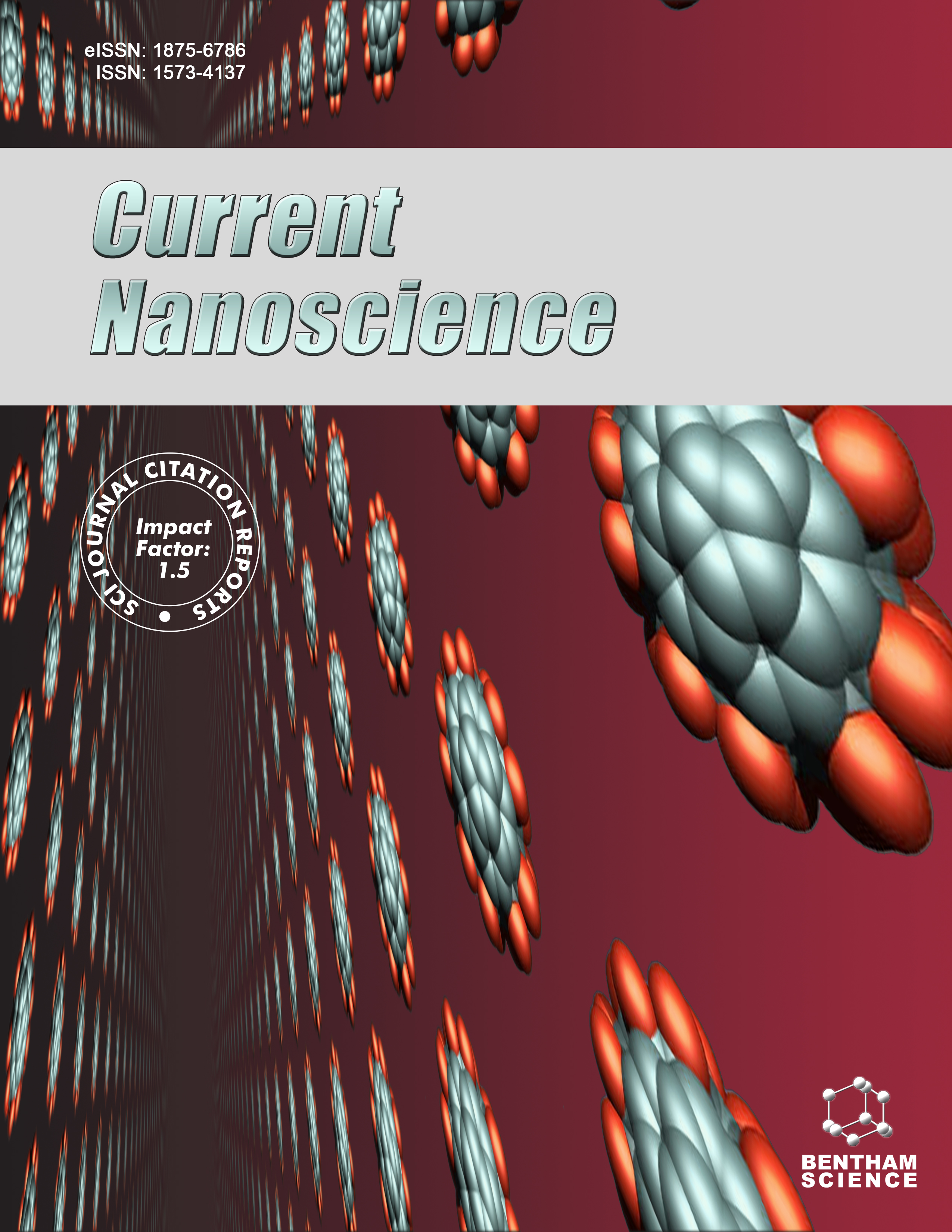
Full text loading...
We use cookies to track usage and preferences.I Understand
Carbon quantum dot synthesis, characterization, and applications have drawn a lot of attention lately. The most effective carbon precursors for creating carbon dots with intriguing chemical and physical characteristics are found in natural materials.
In this study, we introduced a new approach using a carbon dot system that possesses both absorption and emission capabilities, allowing for the development of a fluorometric assay to detect Fe3+ metal ions.
Hydrothermally, the Damask rose Carbon Quantum Dots (DRCQDs) were synthesized using Damask rose flower petals and various characterisations were performed, such as UV-Vis, FE-SEM, EDS, and Elemental mapping. The fluorescence intensity of carbon quantum dots (CQDs) varies depending on the particular metal ion present in the medium, and the blue fluorescence was selectively quenched.
For the purpose of detecting Fe3+ ions at an excitation of 330 nm, CQDs were employed, which produced an extensive emission spectrum between 280 and 400 nm by varying the excitation wavelengths. More than other heavy metals, Fe3+ ions were observed to have a stronger fluorescence quenching effect for the CQDs. According to spectroscopic measurements, the generated CQDs have a detection limit of 1.11 μM and could determine Fe3+ ions in the range of concentrations from 0-80 μM.
This new fluorescent CQD technology offers a promising method for the quick and effective identification of Fe3+ ions, particularly in real-world samples.

Article metrics loading...

Full text loading...
References


Data & Media loading...

